Raptor Persecution - the most common trapping methods
Birds of prey are subject to hunting law in Germany, but have a year-round closed season due to EU nature conservation regulations. They are also strictly protected by the provisions of the Federal Nature Conservation Act. Although many species are endangered and do not cause any damage, they are still a thorn in the side of some small game hunters and poultry farmers. In addition to shooting, the birds of prey poachers mainly rely on traps. Unfortunately, neither the possession nor the marketing of bird traps is prohibited in Germany. Only the use is illegal and prosecutable.
In the following pages we present the most common types of traps. If you find one of these devices in the wild, please inform CABS or the police.
Hawk basket-traps
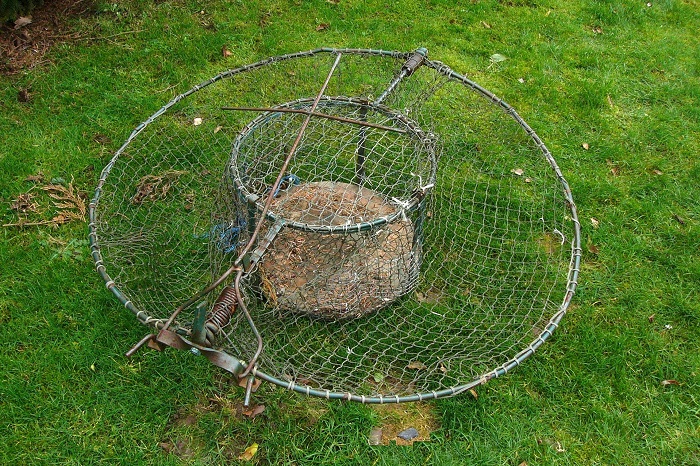
Hawk-catch-baskets serve the live-catch of birds of prey - above all hawks. The trap consists of two metal hangers that can be tensioned with a spring. A net is attached to the hangers. Below this construction there is a small compartment in which there is space for a live decoy - usually an old or late bred racing pigeon. If a hawk discovers the dove, they try to grab it. When he lands on the compartment, he touches a release mechanism that causes the two hangers above him to clap together. The bird is then trapped by the net. The captured birds are usually beaten to death. This type of trap is doubly cruel to animals, because in addition to the stress for the bird of prey, the pigeon has to spend hours with the "worst enemy" in the tightest of spaces.
Laddertraps
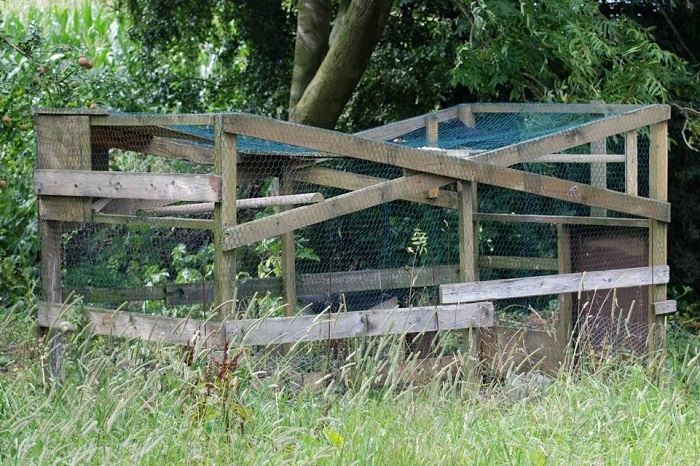
Ladder traps ("Nordic crow trap") are usually very large, spacious facilities that upon first glance look like an aviary. On the upper side, these traps have an elongated opening, which allows a bird to enter the interior, but then cannot find its way out of the cage. The opening are always provided with rungs and looks like a ladder, which is mounted on top of the "aviary".
Inside there are either meat baits or live pigeons, crows or magpies.
With these decoys you can catch hawks as well as ravens. The ban on trapping birds also applies to the latter, so that this type of trap is always illegal in Germany. In Austria there are exemptions to allow the use of ladder traps.
Leg-hold traps
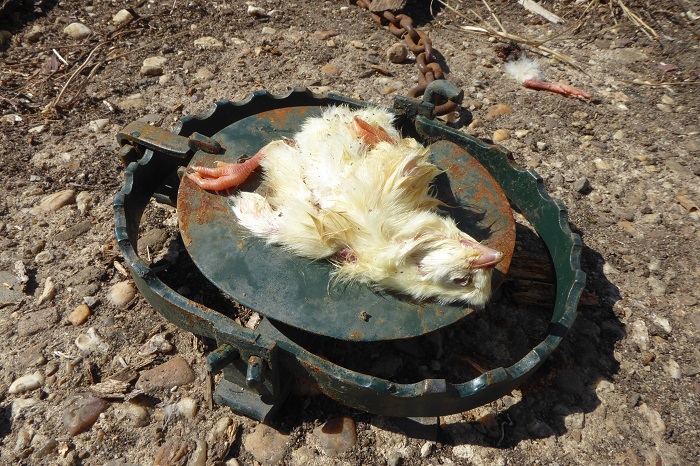
Leg-hold traps are particularly brutal: This trap is set up on an area visible to birds of prey, e.g. on a roof or beam, and baited with meat. As soon as a bird picks up the meat bait, it activates the plate-shaped trigger mechanism, which springs together two toothed metal brackets. The bird is caught by its legs, which are completely shattered during the process. Sometimes this type of trap is also mounted on poles on which the birds of prey like to rest. They are then not baited - the birds fall into the trap practically by chance. The use of leg-hold traps is prohibited in Germany - even for trapping mammals. It is still permitted to use spring traps in which an animal is not caught by the legs but by the head and is therefore more likely to be killed immediately. However, these traps must also be hidden in a "trapping bunker" and thus inaccessible to birds or humans. If the spring trap is positioned and set contrary to the ban, birds of prey can be trapped!
Spring net
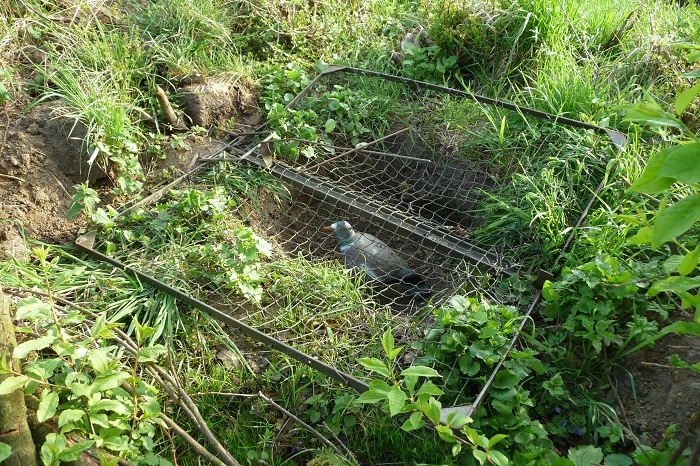
Spring nets are not unlike Basket traps. They consist of two round or square hangers around which a net is stretched. There is no compartment for a decoy - the trap is placed directly on the ground. The bait used is either meat bait (e.g. a dead pigeon or a chicken) or a live carrier pigeon tethered by its feet with a string.
As soon as a bird of prey takes the bait, it touches a trigger mechanism that causes the bows to bend and catches the bird alive.
Cage traps
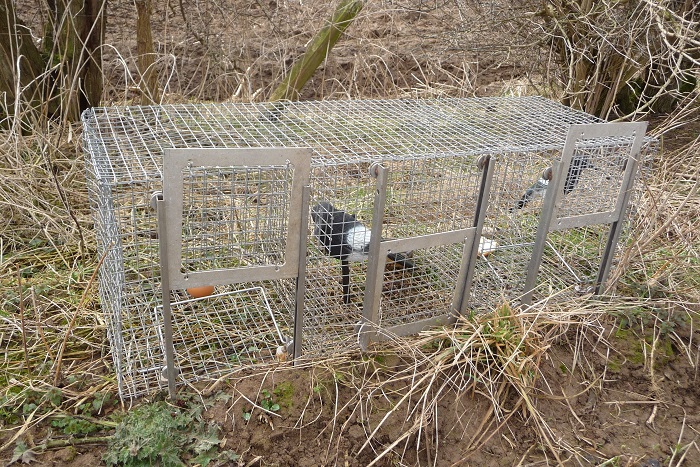
Cage traps are particularly suitable for catching corvids - but they can also be used to trap birds of prey. They typically have a compartment for a live decoy - usually a magpie, a crow or a dove - and usually several trap compartments. These are equipped with trap doors. If a bird wants the bait, it will enter one of these trap compartments sooner or later and inevitably step on a kind of seesaw that triggers the door and slams it shut. The bird is caught alive. Another type has a cage-shaped entrance that prevents the captured bird from escaping.
Crush traps
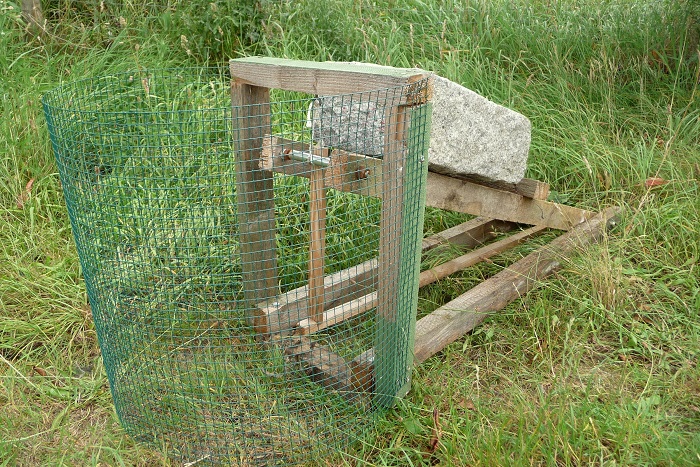
Crush traps are not primarily set up to catch birds of prey - the aim of the hunter is to catch mammals such as foxes, pine or stone martens. In principle, however, the traps are also suitable for killing raptors, because the baits are usually easily visible. It is an archaic device with which the caught bird is buried under a heavy stone and crushed. However, because many animals are only injured, crush traps are prohibited in some federal states, such as North Rhine-Westphalia.
Suitcase traps
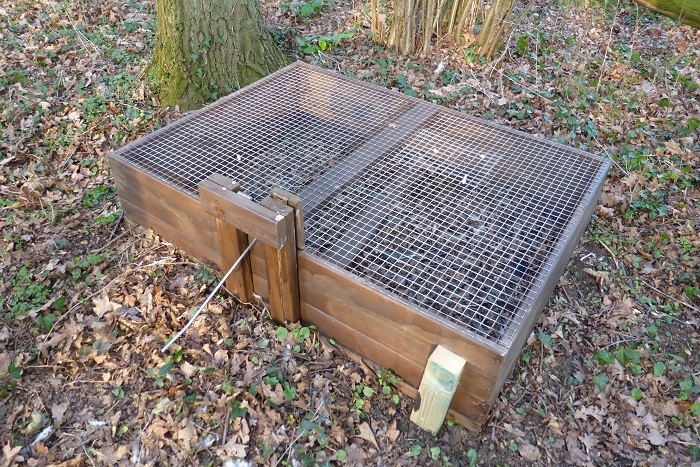
Suitcase traps are also primarily used to catch mammals, but are also suitable for catching birds of prey. For this purpose, a wooden frame is spanned with wire mesh and set up in such a way that animals that get under the construction are caught alive. This type of trap is permitted almost everywhere, but must be partially blinded for animal welfare reasons (i.e. the trapped animals must not be able to look out) and the baits must not be visible from the outside.






